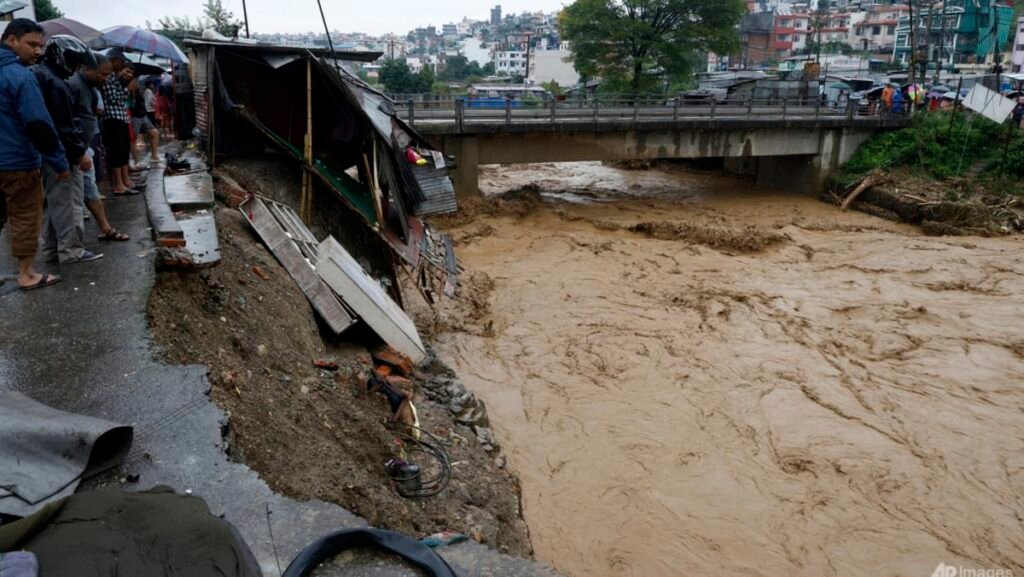Nepal experienced devastating floods and landslides resulting from heavy rain, causing 151 deaths and 56 people reported missing. The capital, Kathmandu, was particularly affected, with 37 deaths recorded in a region with a population of 4 million. The floods brought traffic to a halt and forced authorities to close schools for three days as many buildings were damaged and needed repairs. The swift response from the government and education ministry aimed to ensure the safety of students and parents in affected areas.
The heavy rainfall caused the Bagmati river in Kathmandu to rise well beyond the danger mark, prompting concerns about further flooding and damage. However, weather forecasters noted a slight easing of the rains on Sunday morning, providing some relief to the region. Despite this respite, the impact of the natural disasters was severe, with reports of police rescuers retrieving bodies from buses that were swept away by landslides. The low-pressure system in the Bay of Bengal was identified as the cause of the intense rainstorms affecting Nepal.
Climate scientists at the International Centre for Integrated Mountain Development (ICIMOD) highlighted the increased risks of climate change in Nepal due to haphazard development. The organization urged the government and city planners to invest in infrastructure, such as underground stormwater and sewage systems, to mitigate the impact of extreme weather events like the recent floods and landslides. Unplanned settlements, urbanization efforts, construction on floodplains, and encroachment on rivers were identified as factors exacerbating the effects of heavy rainfall in the country.
Authorities in Nepal’s southeast reported that the level in the Koshi river, known for causing deadly floods in India’s Bihar state, had started to decrease after running above the danger mark. The region’s top bureaucrat noted that the river had been running at a level almost three times above normal, underscoring the severity of the recent flooding in the area. The need for better water management strategies and efforts to address the impact of climate change in Nepal was emphasized in light of the devastating floods and landslides that affected the nation.
Despite the challenges posed by the heavy rainfall and resulting floods, efforts were underway to restore normalcy and address the immediate needs of affected communities. The closure of schools and the implementation of rescue operations demonstrated the government’s commitment to ensuring the safety and well-being of its citizens. As the region begins to recover from the recent natural disasters, attention is being focused on long-term strategies to build resilience, improve infrastructure, and mitigate the impact of future climate-related events. Collaboration between government agencies, international organizations, and local communities will be crucial in addressing the complex challenges posed by climate change in Nepal.

